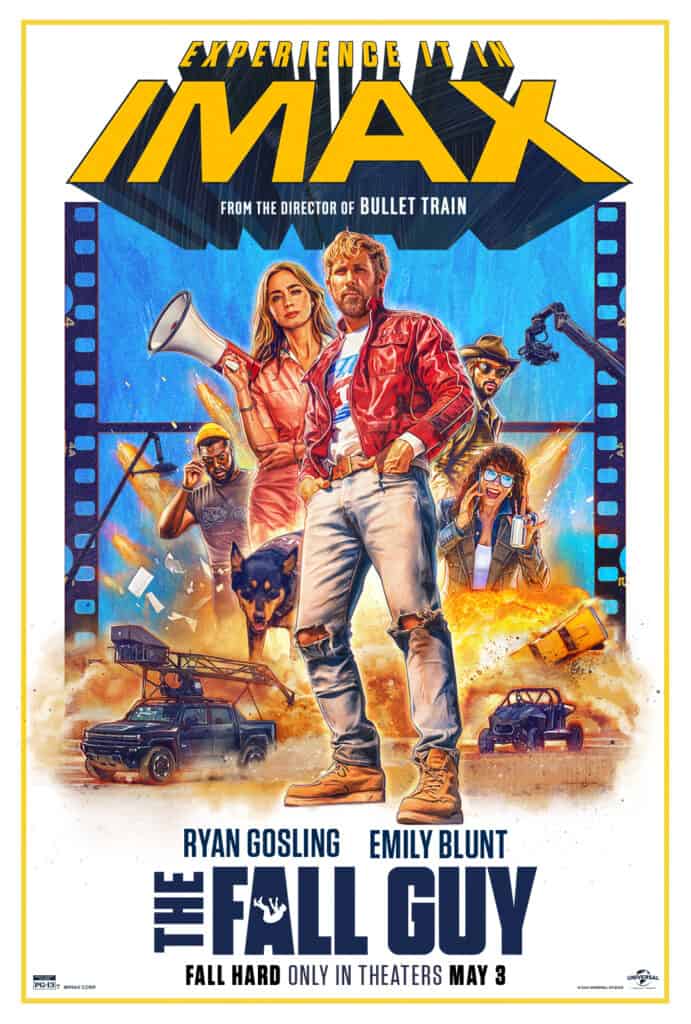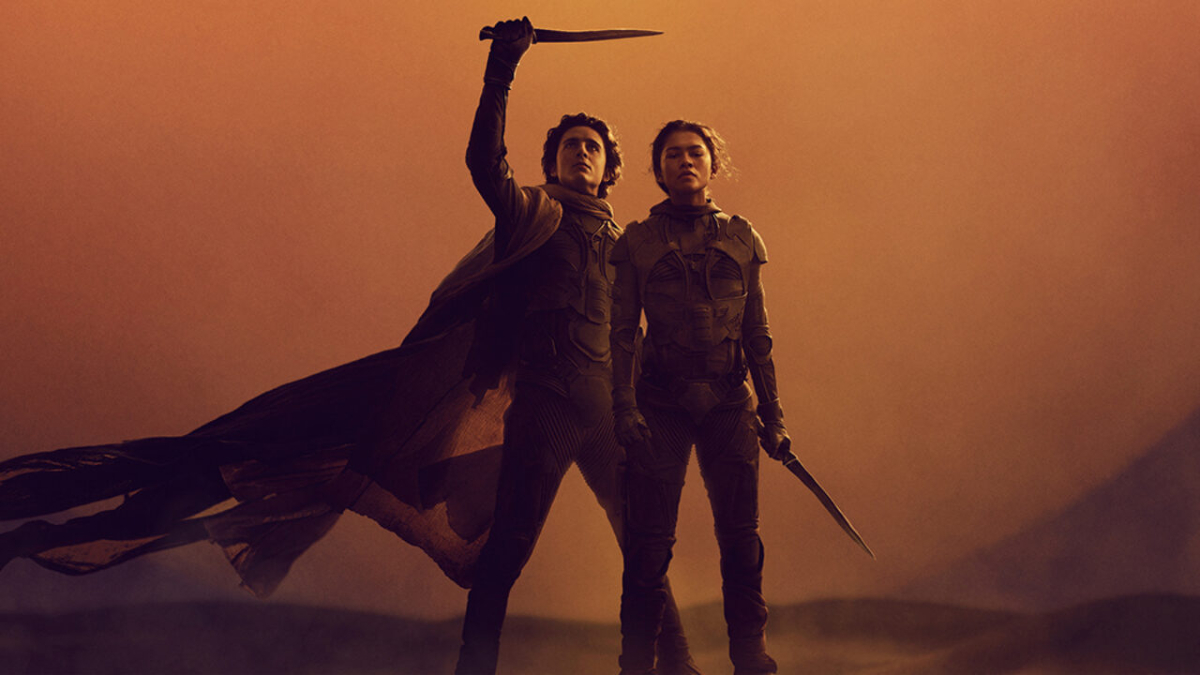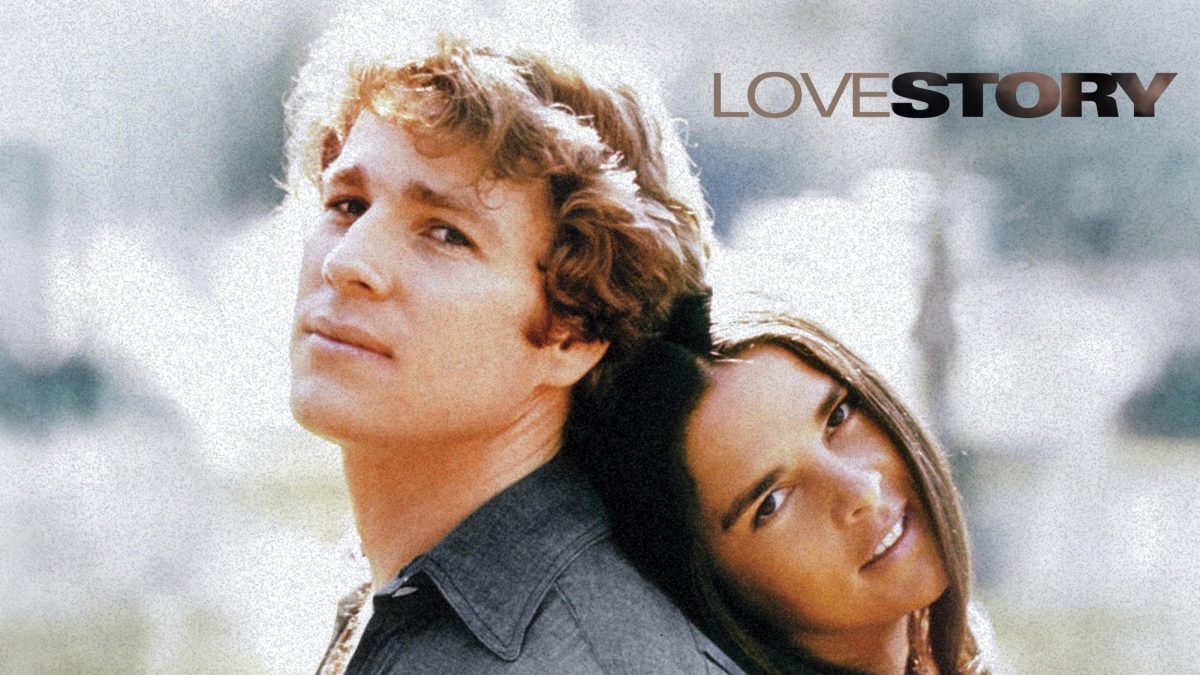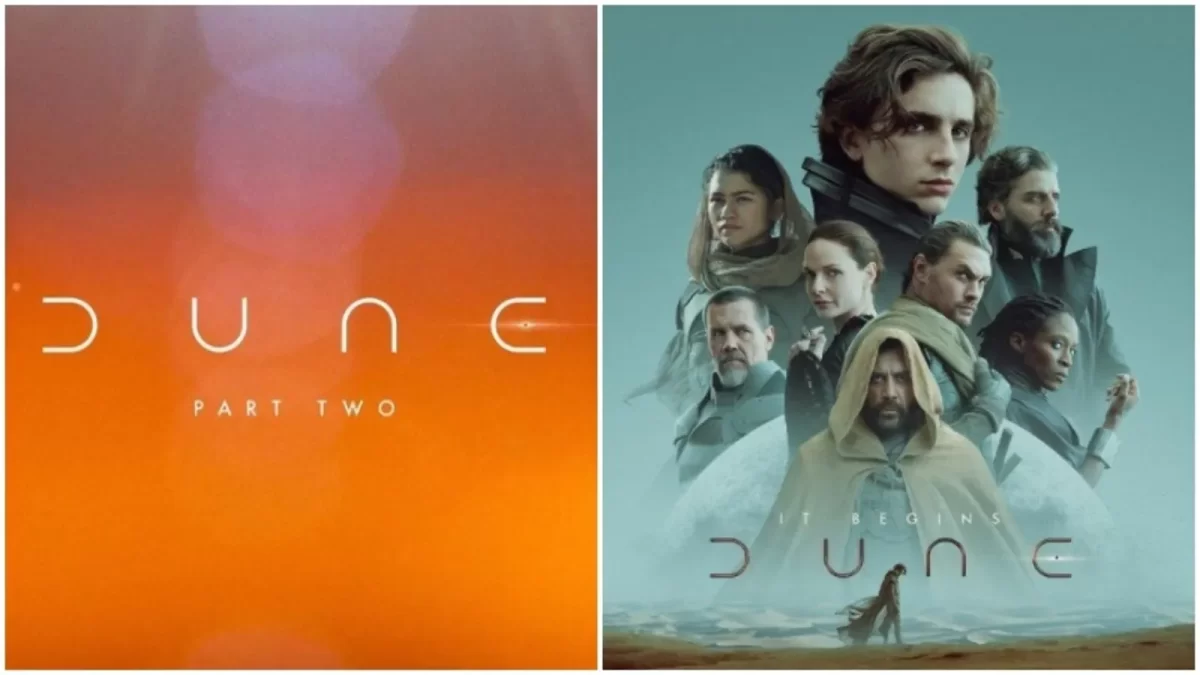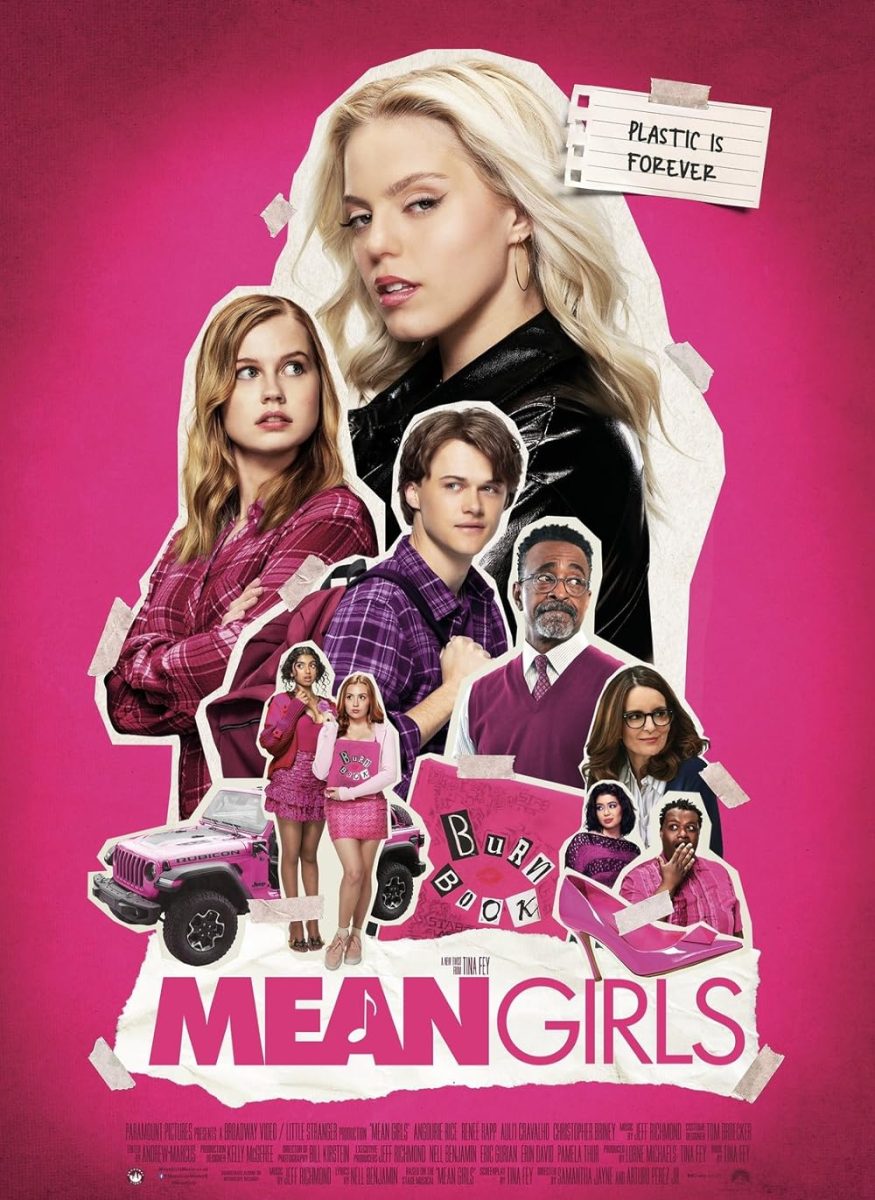
The 1960s were a turbulent, yet incredibly important time in the history of cinema. Technicolor was becoming more and more prominent at that point in time, as the cost of such prestigious details went down. Films were beginning to feel less like stage plays and more like the kinds of films that are made nowadays. American cinema was leaving its “Golden Age” and beginning its “Silver Age”.
A popular staple of “Golden Age” cinema was film noir, a genre that began in the 1940s, mainly consisting of hardboiled cop/detective stories based off of the pulp novels of the time. Many noirs dealt with wartime fears, both of WWll and the Cold War. The term noir is French for “black”, and was coined by French audiences who observed the harsh colorations of those films, specifically commenting on the deep shadows at play. Yet film historians have determined that film noir was a period of filmmaking, not merely a genre. The last classical noir film (as said by historians and critics) was Orson Welles’ Touch of Evil (1958), starring Psycho (1960)’s soon-to-be leading lady Janet Leigh. The 1960s witnessed the end of the classical noir period.
The other popular genre was the Western. People like John Wayne, Gary Cooper, and James Stewart were big names in the 50s, and starred in critically acclaimed films such as The Searchers (1956), High Noon (1952), Red River (1948) and Rio Bravo (1959), to name a few. Westerns often dealt with the “struggle, spirit, and demise of the new frontier” (as said by the American Film Institute).
But while John Wayne might be a name that many people have heard, the most popular and iconic western(s) were to be released in the 1960s. Enter Italian director Sergio Leone and Rawhide regular Clint Eastwood. Here, the term “spaghetti western” was coined, when Leone produced and directed a number of westerns in Europe, with primarily Italian and Spanish casts. The first of Leone’s attempts was A Fistful of Dollars (1964), which not only inspired every western imitation of the last sixty years, but gave the western genre a new look, and made Clint Eastwood a household name.
A Fistful of Dollars is the story of “the Man with No Name” (Eastwood) who, upon arriving in a village, is brought to the knowledge that two opposing families are in the middle of a growing feud. The Man with No Name begins to provoke the factions into open conflict, with violent results.
The plot of the film is nearly a beat-for-beat ‘remake’ of Akira Kurosawa’s film Yojimbo (1960), set in the American West instead of rural Japan. In story terms, it didn’t reinvent the wheel. So where did its influence begin?
A look at the set of Back to the Future Part lll (1990) will reveal a near-identical western town right out of Dollars (in fact, the climax of that film also bears much resemblance to the finale of Dollars). The look of said town now is always associated with westerns (even the town of Armadillo in Rockstar Games’ Red Dead Redemption (2010) has a very similar look) and in 2024, is probably very generic and stereotypical. But this all came from Sergio Leone, who was inspired by John Ford (a director famous for working with John Wayne on many westerns)’s cinematic landscaping, and Akira Kurosawa’s filmmaking style. Not only the village, but the dusty, uneven roads and mountains are integral to the film.
The music composed by Ennio Moriconne features what is perhaps one of the most recognizable soundtracks in history (although his theme for The Good, the Bad, and the Ugly is certainly one of the most iconic ever written). The combination of trumpet and guitar is prominently featured in many other westerns, and has also become a staple of the genre. Director Quentin Tarantino hired Moriconne to compose the scores for his films Django Unchained (2012) and The Hateful Eight (2015); for the latter Moriconne won his only (posthumous) Academy Award for Best Original Score. Tarantino himself has admitted to being inspired by the spaghetti westerns of the 60s.
While the trope of the “lone stranger” was nothing new by the time Clint Eastwood stepped into the role of the Man with No Name, his portrayal of the character led to the popularization of the anti-hero. The anti-hero archetype is traditionally a morally ambiguous character, who often straddles the line between protagonist and antagonist. The character’s role in A Fistful of Dollars is one of the definitive examples of that archetype, as he manipulates and deceives two warring factions into killing each other to liberate a crime-ridden town, although his ultimate goal is to get money to pay off his debts. If anything, many modern westerns thrive on the moral ambiguity of the characters, which all came from Eastwood.
Leone’s use of heavy close-ups on characters became another staple of the genre. Critics have compared these close-ups to be akin to portraits, which Leone had said was done to give the film (and subsequent entries) an operatic look and feel. He sought to create a realistic vision of the old west, and in doing so, deconstruct the traditional western formula that John Wayne made popular in the 40s and 50s.
In the same vein, the violence itself is rather explicit, especially for the time. There’s not much blood spraying out of someone when they get shot, but the camera hardly strays from these scenes. An extended sequence earlier in the film shows an entire battalion of soldiers slaughtered with a gatling gun by some of the film’s primary antagonists. The villains themselves are quite vicious, and do exemplify the standards for a western antagonist.
Since the film’s American release, westerns were never quite the same. Directors are consistently trying to emulate Leone’s vision of the New Frontier; that gritty, violent, and truly “wild” period of time. It can also be said that Leone and Eastwood popularized the “Revisionist Western”, a subgenre that eliminates the cinematic “romanticism” that was present in the John Wayne pictures. A primary aspect is the morally ambiguous central character, who may not be the ideal hero, but is the one who eventually decides to do the right thing.
This year, A Fistful of Dollars celebrates its 60th anniversary. Westerns are a genre that kind of came and went, but this is a film that defined that genre, and has continued to endure decades because of its incomparable style, memorable soundtrack, and an iconic hero.
1964 R Streaming Now on Max


